https://www.youtube.com/watch?v=Vi0_7idqcFI
00:00:02
When we were out in the lobby you mentioned that you have a breathing exercise, a coherence breathing exercise, that you thought might be useful for us to do now and perhaps for some of the listeners to join in. Yeah, let’s do it.
00:00:14
And then if you want to talk about it after, we can. Sounds good.
00:00:17
The reason I started doing this is I have relatively low heart rate variability and you want to have a higher one. So I looked at all the things that can raise your heart rate variability, and I started doing this breathing technique specifically for heart rate variability, and it went up. Awesome. So it’s… Great. tested.
00:00:35
Great. Let’s do it together.
00:00:36
Here, I’ll play it.
00:00:37
It’ll say, “Take a deep breath,” and then you’ll hear the sound of a, if you follow me for the first inhale and exhale, you’ll know what sound means what.
00:00:47
And you do this eyes closed, typically? I do it eyes closed.
00:00:50
Okay, we’ll close our eyes.
00:00:52
[chime rings] [guide inhales] [Rick inhales] [guide exhales] [men exhale] [slow breathing] [chimes ring] [slow breathing continues] [chimes ringing continues] [slow breathing continues] [chimes ringing continues] [slow breathing continues] [chimes ringing continues] [slow breathing continues] [chimes ringing continues] [slow breathing continues] [chimes ringing continues] [slow breathing continues] [chimes ringing continues] [slow breathing continues] [chimes ringing continues] [slow breathing continues] [chimes ringing continues] [slow breathing continues] [chimes ringing continues] [slow breathing continues] [chimes ringing continues] [slow breathing continues] [chimes ringing continues] [slow breathing continues] [chimes ringing continues] [slow breathing continues] [chimes ringing continues] [slow breathing continues] [chimes ringing continues] [slow breathing continues] [chimes ringing continues] [slow breathing continues] [chimes ringing continues] [slow breathing continues] [chimes ringing continues] [slow breathing continues] [chimes ringing continues] [slow breathing continues] [chimes ringing continues] [slow breathing continues] [chimes ringing continues] [slow breathing continues] [chimes ringing continues] [slow breathing continues] [chimes ringing continues] [slow breathing continues] [chimes ringing continues] [slow breathing continues] [chimes ringing continues] [slow breathing continues] [chimes ringing continues] [slow breathing continues] [chimes ringing continues] [slow breathing continues] [chimes ringing continues] [slow breathing continues] [chimes ringing continues] [slow breathing continues] [chimes ringing continues] [slow breathing continues] [chimes ringing continues] [slow breathing continues] [chimes ringing continues] [slow breathing continues] [chimes ringing continues] That was five minutes. I like that.
00:06:38
Feels nice, doesn’t it? Yeah.
00:06:40
I noticed I don’t spontaneously breathe at that cadence. I breathe quite a bit faster.
00:06:47
Mhm. So especially on the exhale. Mhm.
00:06:53
So once I got into a rhythm of it, yeah, the mind just goes pseudo random for me. What about for you? Does your mind tend to go one place? I do, now I count. So the reason I knew it was five minutes is because it’s six breaths per minute, and I counted 5, 1, 1, 1, 2, 1, 3, 1, 4, 1, 5, 1, 6, 2, 1. So I was occupied with a task. How often do you do that? At least once and sometimes twice a day. I aim for 10 minutes a day, but if I get to 20 minutes a day, it’s noticeable in my heart rate variability results. Do you do the coherence breathing at a particular times of day, or just whenever it occurs to you? I think it depends on where I am and what else is going on in my life.
00:07:46
So it, there was, I had a window of a very specific thing that I was doing. I would do coherent breathing and I would do squats, just air squats.
00:07:55
And in one location where I didn’t have any other equipment. And then I found a way, like, where I was doing treading water, which you got to experience with me. I would tread water, and then after treading water I would get out of the pool, sit in the sun and do the coherent breathing.
00:08:13
[Music Playing]
Source : Youtube
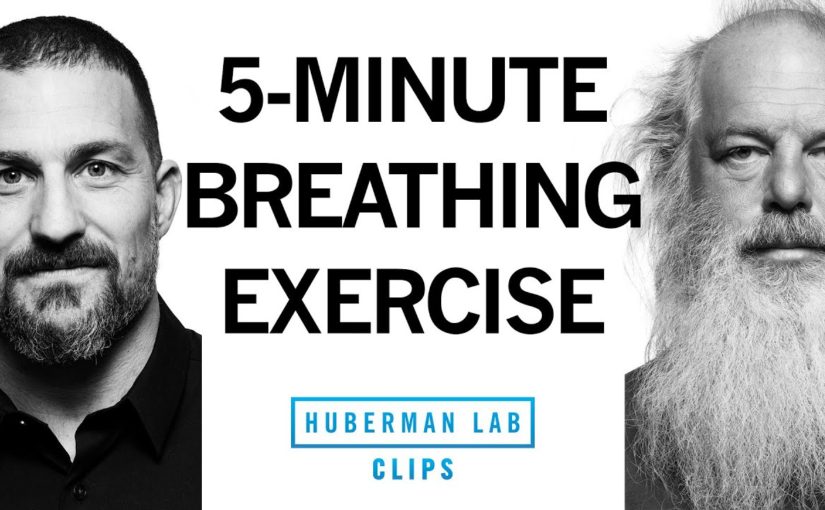
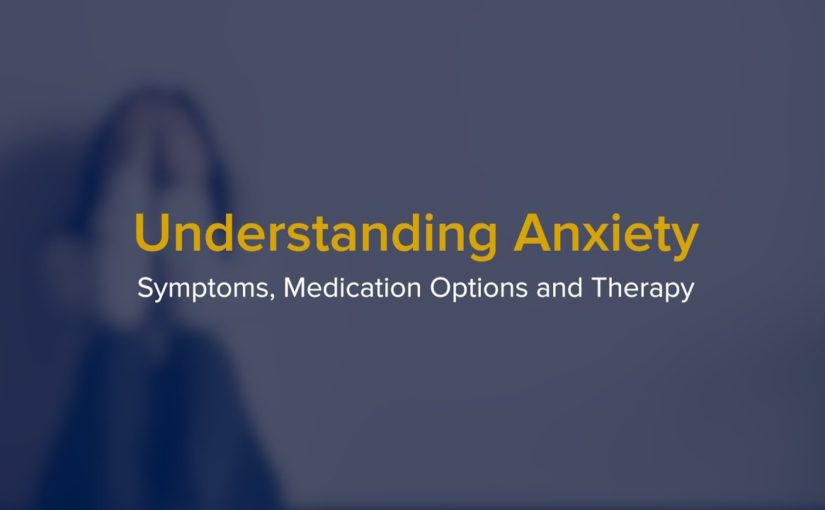




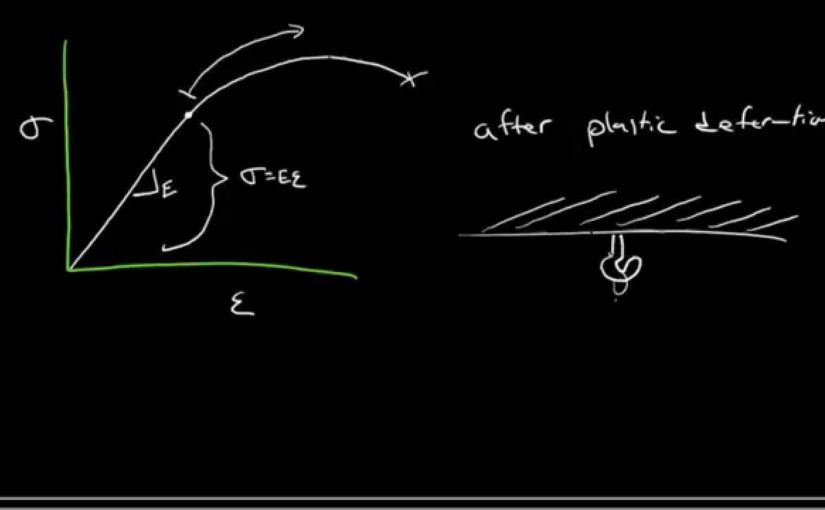
 And so if you do that
for infinitely small– infinitesimally small
changes in length, the way we would write that
is we’d have to say, the true strain, what we’re
doing is we’re integrating. We’re integrating those
infinitesimally small changes in length– that’s dl– by l
from l0– the initial length– to the instantaneous length. And so if we do that,
you find that you have ln of l instantaneous
minus length 0, which is ln of l instantaneous over l0. So we have another
equation there. I’ll put a box around that. So this is the true strain. True strain. And if we take that true
stress and we plot it against the true strain,
I’ll show you what we get. Let me just
plot stress and strain and I’ll show you what
we’ve already seen. That’s the engineering
stress-strain curve. And then what I’ll do is I’ll
plot for you– after it starts to plastically deform the–
ran out of space there– the true stress– so this one
here– continues to increase. It doesn’t have that
decrease at the UTS. That’s the true stress
true strain curve. And this one is, of
course, engineering. The nice thing
about this plot is once you’ve got true
stress and true strain, we can fit that data
quite nicely for most metals with a simple equation. And that is true stress
is equal to this coefficient times the true strain
raised to the power n. So that’s an equation that fits
that true stress true strain data quite nicely. And what’s useful about
this is these are constants. That’s the constant n– I’ll
define it for you in a moment– and this K is also a constant. Those are material properties. We can look those up in
an engineering handbook. So n is called the–
well, this equation is called the
strain-hardening equation. Strain hardening equation. And strain hardening– hardening
correlates to– hardness correlates to strength. So really this is
the equation that’s telling us that we’re
strengthening the material and we’ve got the
strain hardening exponent and the strain
hardening coefficient K.
And so if you do that
for infinitely small– infinitesimally small
changes in length, the way we would write that
is we’d have to say, the true strain, what we’re
doing is we’re integrating. We’re integrating those
infinitesimally small changes in length– that’s dl– by l
from l0– the initial length– to the instantaneous length. And so if we do that,
you find that you have ln of l instantaneous
minus length 0, which is ln of l instantaneous over l0. So we have another
equation there. I’ll put a box around that. So this is the true strain. True strain. And if we take that true
stress and we plot it against the true strain,
I’ll show you what we get. Let me just
plot stress and strain and I’ll show you what
we’ve already seen. That’s the engineering
stress-strain curve. And then what I’ll do is I’ll
plot for you– after it starts to plastically deform the–
ran out of space there– the true stress– so this one
here– continues to increase. It doesn’t have that
decrease at the UTS. That’s the true stress
true strain curve. And this one is, of
course, engineering. The nice thing
about this plot is once you’ve got true
stress and true strain, we can fit that data
quite nicely for most metals with a simple equation. And that is true stress
is equal to this coefficient times the true strain
raised to the power n. So that’s an equation that fits
that true stress true strain data quite nicely. And what’s useful about
this is these are constants. That’s the constant n– I’ll
define it for you in a moment– and this K is also a constant. Those are material properties. We can look those up in
an engineering handbook. So n is called the–
well, this equation is called the
strain-hardening equation. Strain hardening equation. And strain hardening– hardening
correlates to– hardness correlates to strength. So really this is
the equation that’s telling us that we’re
strengthening the material and we’ve got the
strain hardening exponent and the strain
hardening coefficient K.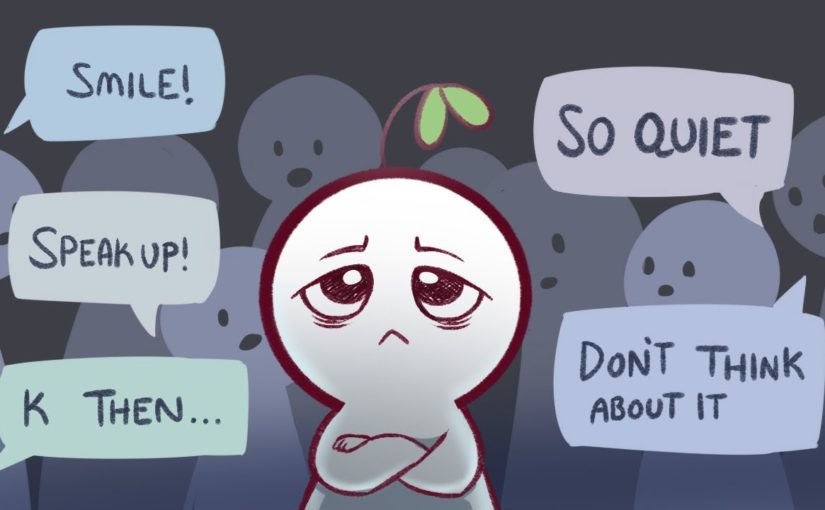
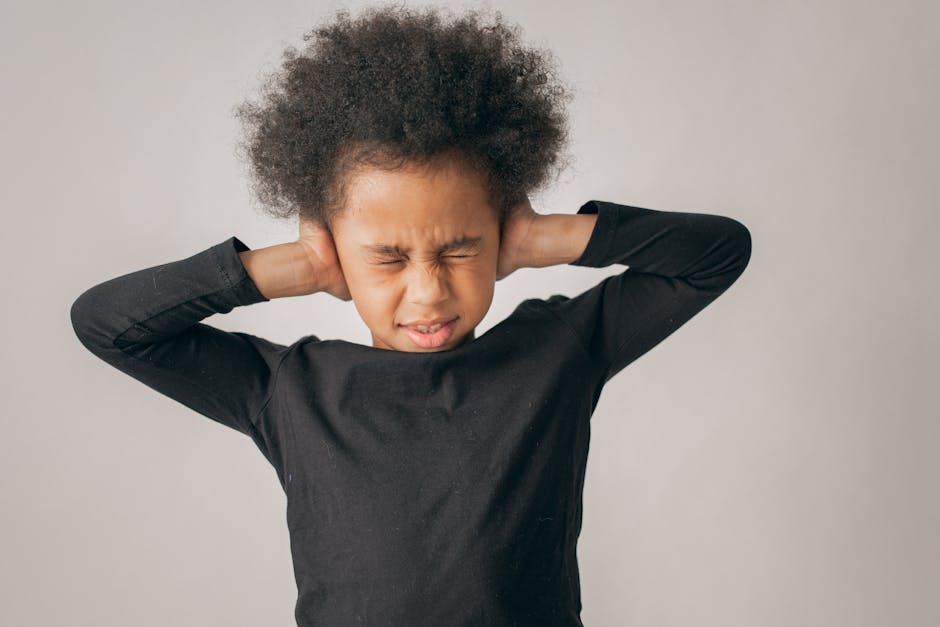 Depression, on the other hand, is a serious and debilitating mental illness that needs to be treated with professional help and therapy. These things are not all the same, and yet some people just can’t seem to grasp the difference. This can often feel very frustrating, especially when others disregard what you’re feeling as mere sadness and tell you not to think about it. Number eight people not understanding that mental illness is real. Many people still seem to think that depression is a choice and a mental illness. Isn’t real, But just because there are no physical manifestations to see doesn’t mean that the suffering you feel is not real. It’s, not just in your head. If you’re able to feel it, then it is very much real When others downplay its potency. It often leaves you feeling, as if you’re doing something wrong. As a result, you may even choose to remain silent about it. Instead, Number nine people think depression is the same for everybody Every individual’s. Experience of a mental disorder is different from Depression. Doesn’t look the same for everybody. Some people might stop eating and struggle with insomnia, while others might overeat and oversleep. Some people have high-functioning depression and may not even seem like they’re struggling at all for others, their depression might force them to lie in bed all day and do nothing. Nevertheless, all experiences of depression are valid, And number 10 learning to celebrate the little things. Finally, but perhaps most importantly, when you struggle with depression, even the littlest of victories deserve to be celebrated, Got outta bed today, smiled Managed a short conversation with someone Took the time to brush my hair, or take a bath. Give yourself a mental pat on the back. Those are all very, very important achievements for someone with depression. They might not mean much to other people, But to you struggling with mental illness on an everyday basis. They make up the good days that remind you why you need to keep fighting and why it’s so important to keep holding on It.’s important to remember not to allow others to dictate how you should feel Just because others are not feeling the same does not make it any less real. There’s no need to cover up or force yourself to change these feelings. The fact that you’re feeling it is reason enough to validate it If you are struggling with depression or any other mental illness. Please know that there is always hope and help and that someday things can be better. Seeking professional help can help you on the road to improvement, Leave a comment down below about your experience with depression. If you’d, like, Please, feel free to share any thoughts you have as well, If you found this video helpful, be sure to hit the like button and share it with those out there needing to hear this, Don’t forget to subscribe to Psych2Go and Hit the notification bell for more new videos And, as always thanks so much for watching We’ll see you next time..
Depression, on the other hand, is a serious and debilitating mental illness that needs to be treated with professional help and therapy. These things are not all the same, and yet some people just can’t seem to grasp the difference. This can often feel very frustrating, especially when others disregard what you’re feeling as mere sadness and tell you not to think about it. Number eight people not understanding that mental illness is real. Many people still seem to think that depression is a choice and a mental illness. Isn’t real, But just because there are no physical manifestations to see doesn’t mean that the suffering you feel is not real. It’s, not just in your head. If you’re able to feel it, then it is very much real When others downplay its potency. It often leaves you feeling, as if you’re doing something wrong. As a result, you may even choose to remain silent about it. Instead, Number nine people think depression is the same for everybody Every individual’s. Experience of a mental disorder is different from Depression. Doesn’t look the same for everybody. Some people might stop eating and struggle with insomnia, while others might overeat and oversleep. Some people have high-functioning depression and may not even seem like they’re struggling at all for others, their depression might force them to lie in bed all day and do nothing. Nevertheless, all experiences of depression are valid, And number 10 learning to celebrate the little things. Finally, but perhaps most importantly, when you struggle with depression, even the littlest of victories deserve to be celebrated, Got outta bed today, smiled Managed a short conversation with someone Took the time to brush my hair, or take a bath. Give yourself a mental pat on the back. Those are all very, very important achievements for someone with depression. They might not mean much to other people, But to you struggling with mental illness on an everyday basis. They make up the good days that remind you why you need to keep fighting and why it’s so important to keep holding on It.’s important to remember not to allow others to dictate how you should feel Just because others are not feeling the same does not make it any less real. There’s no need to cover up or force yourself to change these feelings. The fact that you’re feeling it is reason enough to validate it If you are struggling with depression or any other mental illness. Please know that there is always hope and help and that someday things can be better. Seeking professional help can help you on the road to improvement, Leave a comment down below about your experience with depression. If you’d, like, Please, feel free to share any thoughts you have as well, If you found this video helpful, be sure to hit the like button and share it with those out there needing to hear this, Don’t forget to subscribe to Psych2Go and Hit the notification bell for more new videos And, as always thanks so much for watching We’ll see you next time..








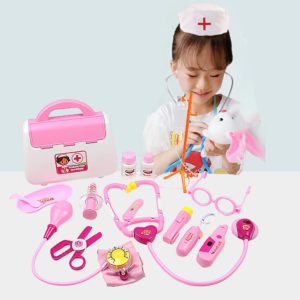



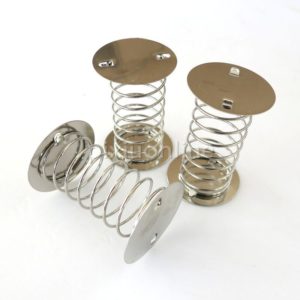



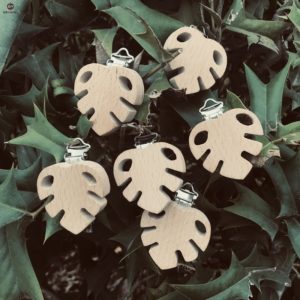
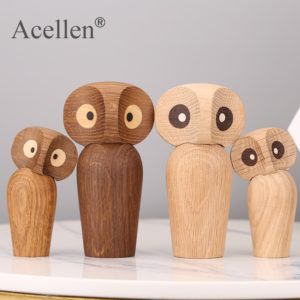















 Dr. John stated that
while people with ADHD may experience difficulty
completing their schoolwork or performing tasks, it’s often due to trouble
with concentration rather than perfectionism. Number four, you are
generally more sensitive to social cues. Are you very sensitive to how you come across to other people? Do you find yourself often uncomfortable with your social environment? Perhaps you find it challenging to eat in front of other people or tend to avoid speaking in public because of an overwhelming fear that people will judge you negatively. According to Dr. John,
if your answers are yes to the above questions, it’s more likely that you
have anxiety rather than ADHD. This is because people
with ADHD usually struggle with understanding or missing social cues rather than being hypersensitive to them. Number five, you experience
a racing heart, clamminess, tense muscles, headaches,
nausea, or dizziness. Do you often experience
headaches, nausea, or dizziness? These are just some of
the symptoms of anxiety. Dr. John stated that anxiety comes from a tiny almond-shaped part at the back of your brain
called the amygdala. As a watchman for your brain, it is constantly watching out for danger. And whenever it detects danger, it triggers a fight or flight response. However, for anxious people, the amygdala is large and hypersensitive. Because of this, it ends up sending out
a lot of false alarms. You can think of it as a watchman
who cries wolf too often. As a result, your brain may sense threats even in non-threatening situations. And number six, you are unlikely
to show problem behaviors when you’re feeling calm, safe,
and doing things you enjoy. How do you act when you’re having fun? Whether it’s listening
to your favorite music or playing video games, you
may find yourself feeling calm and safe while doing the things
that you genuinely enjoy. You are neither restless nor feeling like you need
to catch your breath. According to Dr. John, anxious
individuals are unlikely to display any problem behaviors
when feeling calm and safe and doing something they enjoy. On the contrary, people with ADHD will experience problem behaviors even when they engage in a particular fun or exciting activity.
Dr. John stated that
while people with ADHD may experience difficulty
completing their schoolwork or performing tasks, it’s often due to trouble
with concentration rather than perfectionism. Number four, you are
generally more sensitive to social cues. Are you very sensitive to how you come across to other people? Do you find yourself often uncomfortable with your social environment? Perhaps you find it challenging to eat in front of other people or tend to avoid speaking in public because of an overwhelming fear that people will judge you negatively. According to Dr. John,
if your answers are yes to the above questions, it’s more likely that you
have anxiety rather than ADHD. This is because people
with ADHD usually struggle with understanding or missing social cues rather than being hypersensitive to them. Number five, you experience
a racing heart, clamminess, tense muscles, headaches,
nausea, or dizziness. Do you often experience
headaches, nausea, or dizziness? These are just some of
the symptoms of anxiety. Dr. John stated that anxiety comes from a tiny almond-shaped part at the back of your brain
called the amygdala. As a watchman for your brain, it is constantly watching out for danger. And whenever it detects danger, it triggers a fight or flight response. However, for anxious people, the amygdala is large and hypersensitive. Because of this, it ends up sending out
a lot of false alarms. You can think of it as a watchman
who cries wolf too often. As a result, your brain may sense threats even in non-threatening situations. And number six, you are unlikely
to show problem behaviors when you’re feeling calm, safe,
and doing things you enjoy. How do you act when you’re having fun? Whether it’s listening
to your favorite music or playing video games, you
may find yourself feeling calm and safe while doing the things
that you genuinely enjoy. You are neither restless nor feeling like you need
to catch your breath. According to Dr. John, anxious
individuals are unlikely to display any problem behaviors
when feeling calm and safe and doing something they enjoy. On the contrary, people with ADHD will experience problem behaviors even when they engage in a particular fun or exciting activity.
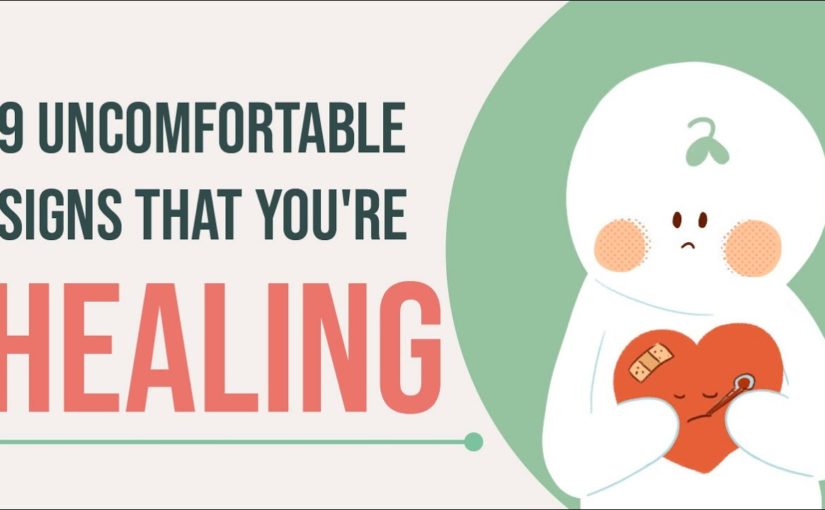
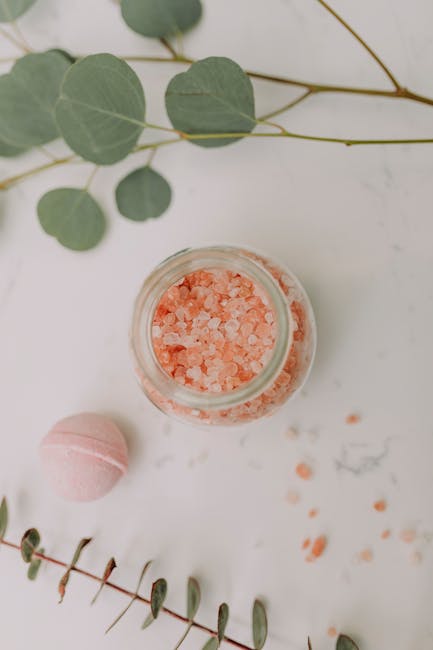 However, if you decide to it has far-reaching benefits beyond the acceptance and acknowledgment of the traumatic experience Once you are in the healing process, you are developing bravery around your emotions and your mind With this newfound conscious control. You are no longer scared by things that scared you before Scared of making a living situation change. You now are redecorating your bedroom and experimenting with paint colors. You never thought you would Go to a party you don’t know Before you would’ve recoiled at the thought, but now it’s a little less anxiety-inducing and you have a bit more confidence Number seven. You easily accept disappointments and take them in stride. Life is a balance of success and failure, light and dark ups and downs. When you’re not healing disappointments hit, you like a freight truck to the chest, knocking all of the motivation and passion out of you With healing you understand that bad days do happen and can’t be avoided, but are also temporary Any disappointments or unmet Expectations are accepted and taken in stride. You respond in better healthier ways that are less reactive Number. Eight you have more inner peace Healing brings about self-integration. If you’re a Harry Potter, fan it’s as if Voldemort brought back all of his Horcruxes and decided on becoming a better complete person who accepts the natural way of life on a soul level. And if you’re, not a fan. It’s like taking inventory of all of your experiences painful or not, and seeing yourself as the whole person You develop this inner peace because you deeply forgive yourself and you can readily forgive others too. By having this peace and integration, you are less likely to self-sabotage because you’re no longer a warring country within yourself with conflicting desires and emotions. You reconcile your inner differences. You no longer criticize and dismantle your character in your mind And number nine. You welcome help and support The independent survivor. Has a don’t ask for help mentality, maybe because they never got it when they needed it or because of the harsh rejection when they spoke up, They shut down to get by and decided to do it by themselves because they had no choice With healing You start to realize that as strong as you are, you can’t carry and do everything by yourself. You do need help and we all do and it’s available out there for you. You are more open to support and less afraid of having this need for assistance met. The pride and shame you might feel for asking for help are gone, because you know that it’s, okay, to let go of the heavy burden on your shoulders and have someone to lean on. Did you relate to any of these points? Do you feel that you are beginning to heal As rewarding as the first step of healing? You will run into the discomfort of your healing and this will try to make you stop to lessen or ignore the pain, but whatever you resist you prolong. If you are in the healing process, well done, I’m proud of you for doing this work and I hope you can find peace through it And if you’re not that’s, okay, because healing is a long process that takes time you’re still living and doing what you can Applaud yourselves. Did you find this video valuable, Tell us in the comments below Please like and share it with friends that might find use in this video too, and make sure to subscribe to Psych2Go and hit the notification bell for more content. All the references used are added in the description box below. Thank you for watching and see you next time…
However, if you decide to it has far-reaching benefits beyond the acceptance and acknowledgment of the traumatic experience Once you are in the healing process, you are developing bravery around your emotions and your mind With this newfound conscious control. You are no longer scared by things that scared you before Scared of making a living situation change. You now are redecorating your bedroom and experimenting with paint colors. You never thought you would Go to a party you don’t know Before you would’ve recoiled at the thought, but now it’s a little less anxiety-inducing and you have a bit more confidence Number seven. You easily accept disappointments and take them in stride. Life is a balance of success and failure, light and dark ups and downs. When you’re not healing disappointments hit, you like a freight truck to the chest, knocking all of the motivation and passion out of you With healing you understand that bad days do happen and can’t be avoided, but are also temporary Any disappointments or unmet Expectations are accepted and taken in stride. You respond in better healthier ways that are less reactive Number. Eight you have more inner peace Healing brings about self-integration. If you’re a Harry Potter, fan it’s as if Voldemort brought back all of his Horcruxes and decided on becoming a better complete person who accepts the natural way of life on a soul level. And if you’re, not a fan. It’s like taking inventory of all of your experiences painful or not, and seeing yourself as the whole person You develop this inner peace because you deeply forgive yourself and you can readily forgive others too. By having this peace and integration, you are less likely to self-sabotage because you’re no longer a warring country within yourself with conflicting desires and emotions. You reconcile your inner differences. You no longer criticize and dismantle your character in your mind And number nine. You welcome help and support The independent survivor. Has a don’t ask for help mentality, maybe because they never got it when they needed it or because of the harsh rejection when they spoke up, They shut down to get by and decided to do it by themselves because they had no choice With healing You start to realize that as strong as you are, you can’t carry and do everything by yourself. You do need help and we all do and it’s available out there for you. You are more open to support and less afraid of having this need for assistance met. The pride and shame you might feel for asking for help are gone, because you know that it’s, okay, to let go of the heavy burden on your shoulders and have someone to lean on. Did you relate to any of these points? Do you feel that you are beginning to heal As rewarding as the first step of healing? You will run into the discomfort of your healing and this will try to make you stop to lessen or ignore the pain, but whatever you resist you prolong. If you are in the healing process, well done, I’m proud of you for doing this work and I hope you can find peace through it And if you’re not that’s, okay, because healing is a long process that takes time you’re still living and doing what you can Applaud yourselves. Did you find this video valuable, Tell us in the comments below Please like and share it with friends that might find use in this video too, and make sure to subscribe to Psych2Go and hit the notification bell for more content. All the references used are added in the description box below. Thank you for watching and see you next time…